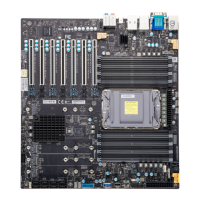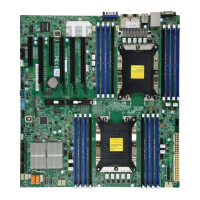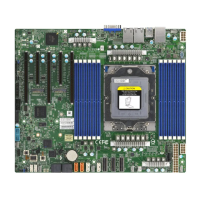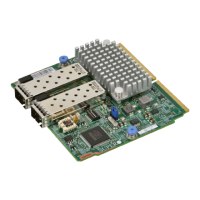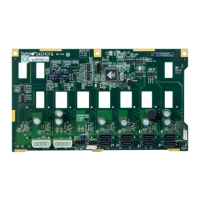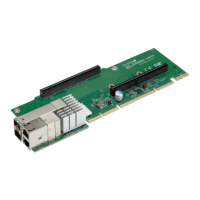WHEA Support
Select Enabled to support the Windows Hardware Error Architecture (WHEA) platform and
provide a common infrastructure for the system to handle hardware errors within the Windows
OS environment to reduce system crashes and to enhance system recovery and health
monitoring. The options are Disabled and Enabled.
High Precision Event Timer
Select Enabled to activate the High Precision Event Timer (HPET) that produces periodic
interrupts at a much higher frequency than a Real-time Clock (RTC) does in synchronizing
multimedia streams, providing smooth playback and reducing the dependency on other
timestamp calculation devices, such as an x86 RDTSC Instruction embedded in the CPU. The
High Performance Event Timer is used to replace the 8254 Programmable Interval Timer. The
options are Disabled and Enabled.
Native PCIe Enable
Enable this feature to grant control of PCI Express Native hot plug, PCI Express Power
Management Events, and PCI Express Capability Structure Control. The options are Disabled
and Enabled.
Native ASPM
Select Enabled for the operating system to control the ASPM, or Disabled for the BIOS to
control the ASPM. The options are Auto, Enabled, and Disabled.
Boot Feature Menu
►Boot Feature
Fast Boot
This feature enables the system to boot with a minimal set of required devices to launch. This
has no effect on BBS boot options. The options are Disabled and Enabled.
Quiet Boot
Use this feature to select the screen between displaying the Power-on Self Test (POST)
messages or the OEM logo upon bootup. Select Disabled to display the POST messages.
Select Enabled to display the OEM logo instead of the normal POST messages. The options
are Disabled and Enabled.
Note: BIOS POST messages are always displayed regardless of the setting of this feature.
Bootup NumLock State
Use this feature to set the Power-on state for the <Numlock> key. The options are On and Off.
93
X14SAE/X14SAE-F: UEFI BIOS

